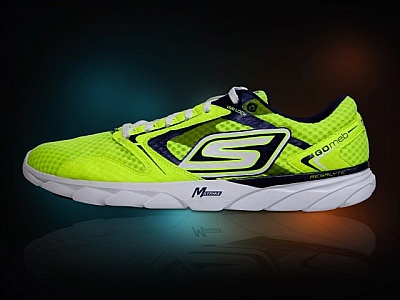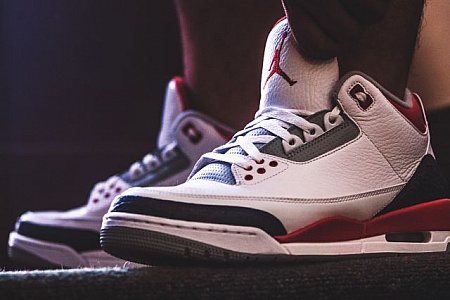Athletic footwear is not merely a fashion statement; it’s a critical component of an athlete’s performance arsenal. Whether you’re sprinting down the track, cutting through a basketball court, or pounding the pavement on a long run, the right pair of athletic shoes can make all the difference. In this comprehensive guide, we explore the intricacies of athletic footwear, from its biomechanical design principles to its impact on performance and injury prevention.
Biomechanical Design:
- Cushioning Technology: The midsole is the heart of any athletic shoe, providing cushioning and shock absorption to mitigate the impact forces generated during running, jumping, or other high-impact activities. Advanced cushioning technologies such as Air, Gel, or EVA foam are strategically engineered to deliver optimal cushioning and energy return, enhancing comfort and reducing fatigue during prolonged use.
- Stability and Support: A supportive upper and midfoot shank play a crucial role in stabilizing the foot and ankle, reducing excessive pronation or supination, and promoting proper alignment throughout the gait cycle. Features such as medial posts, TPU overlays, and arch supports provide targeted support and stability for athletes with specific biomechanical needs or foot conditions.
- Flexibility and Responsiveness: The outsole of an athletic shoe dictates its flexibility, traction, and responsiveness on various surfaces. Grooves, flex zones, and multidirectional tread patterns allow for natural foot movement and agile maneuverability, while durable rubber compounds provide reliable traction and grip on both wet and dry terrain, enhancing confidence and performance in any environment.
Performance Enhancement:
- Speed and Agility: Lightweight materials, streamlined designs, and responsive cushioning systems enable athletes to move swiftly and efficiently, maximizing speed and agility during dynamic movements such as sprints, cuts, or jumps. Minimalist running shoes or track spikes offer a low-profile, race-ready design that minimizes weight and maximizes ground feel for optimal performance on the track or in the gym.
- Durability and Longevity: High-quality materials, reinforced construction, and robust outsole designs ensure the durability and longevity of athletic shoes, allowing athletes to train and compete with confidence in their footwear’s ability to withstand the rigors of intense workouts, training sessions, and competitions.
Injury Prevention:
- Foot Health: Proper fitting athletic shoes that accommodate the unique shape and biomechanics of the foot can help prevent a wide range of foot ailments, including blisters, calluses, plantar fasciitis, and stress fractures. Additionally, features such as toe boxes, heel counters, and Achilles pads provide protection and support in vulnerable areas, reducing the risk of injury and discomfort.
- Biomechanical Alignment: By promoting proper biomechanical alignment and reducing excessive pronation, supination, or foot roll, well-designed athletic shoes can help prevent overuse injuries such as shin splints, IT band syndrome, and patellar tendonitis, allowing athletes to train and compete at their peak without fear of injury or setback.
Conclusion: In conclusion, athletic footwear is a cornerstone of athletic performance, combining biomechanical science with innovative design to enhance comfort, support, and performance for athletes of all levels and disciplines. By understanding the biomechanical principles underlying athletic footwear and selecting the right shoes for their specific needs and activities, athletes can unlock their full potential and achieve their goals with confidence and style.


